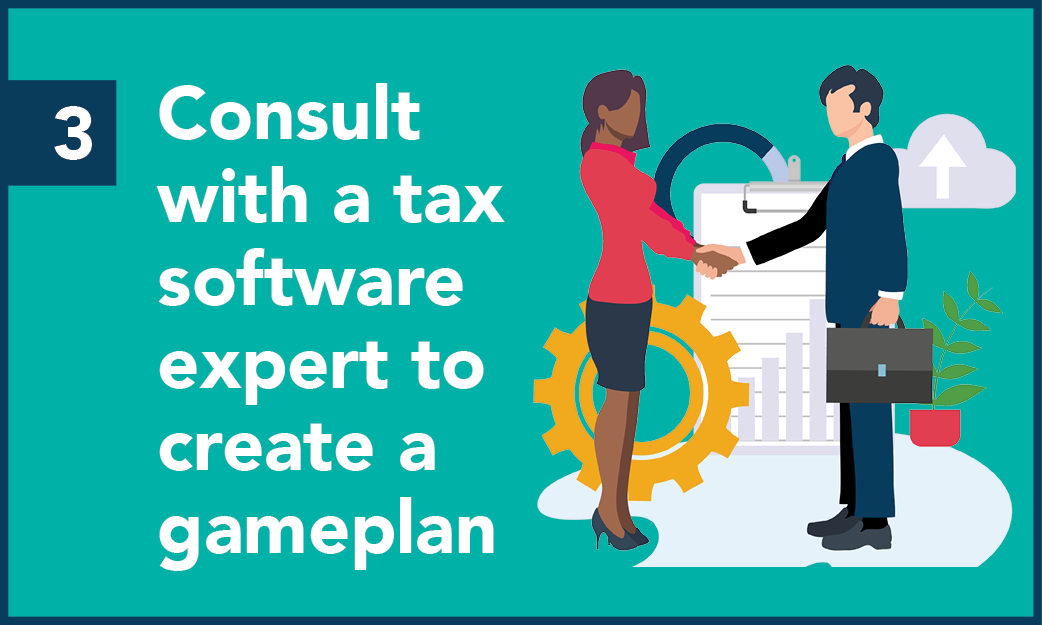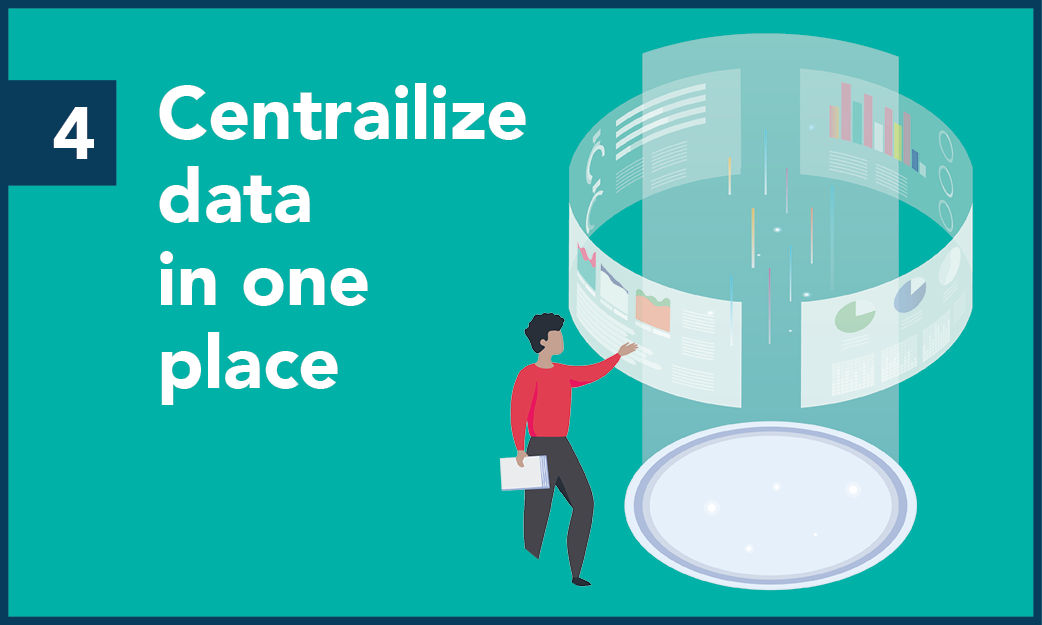 Step 1: Come up with a strategy to conquer what’s most painful at a level you can handle. You don't have to do it all right now, but arrive at what you can do and have a plan to finish it. Ask yourself how to be in a position that when the next round of tax reform hits, you can focus on that, and not on repeating what you didn't do the first time around.
Step 1: Come up with a strategy to conquer what’s most painful at a level you can handle. You don't have to do it all right now, but arrive at what you can do and have a plan to finish it. Ask yourself how to be in a position that when the next round of tax reform hits, you can focus on that, and not on repeating what you didn't do the first time around.
 Step 2: Instead of saying to your boss, "I want to blow up our tax department and start over," say, “Now that we’ve addressed a lot of tax changes, let’s make sure we’ve done it right. Let’s leverage what's good, fix what should be better, and make sure we can harness and use what we just learned throughout the rest of our planning, compliance, and provision."
Step 2: Instead of saying to your boss, "I want to blow up our tax department and start over," say, “Now that we’ve addressed a lot of tax changes, let’s make sure we’ve done it right. Let’s leverage what's good, fix what should be better, and make sure we can harness and use what we just learned throughout the rest of our planning, compliance, and provision."
 Step 3: Meet with a Corptax technology expert to create a game plan addressing your pain points. Then, determine a timeline that works with your resources and choose a project champion to coordinate and communicate steps. You can take a “train the trainer” approach to help others adapt quickly, or you can work hand-in-hand with a consultant. The entire process, including implementation, can be done remotely, and tax teams often say they’re pleasantly surprised by how smoothly it goes.
Step 3: Meet with a Corptax technology expert to create a game plan addressing your pain points. Then, determine a timeline that works with your resources and choose a project champion to coordinate and communicate steps. You can take a “train the trainer” approach to help others adapt quickly, or you can work hand-in-hand with a consultant. The entire process, including implementation, can be done remotely, and tax teams often say they’re pleasantly surprised by how smoothly it goes.
 Step 4: Start digging in. If you have calculations with a firm, spreadsheets a colleague built, and data in your compliance and provision systems—put everything in the same place. That helps you curtail manual reconciliations, risk, and repeating work for different processes.
Step 4: Start digging in. If you have calculations with a firm, spreadsheets a colleague built, and data in your compliance and provision systems—put everything in the same place. That helps you curtail manual reconciliations, risk, and repeating work for different processes.
 Step 5: As you accomplish the basics such as tax returns and provision, you also get the opportunity to work on projects you’ve wanted to take on, but you’ve lacked the time, data, or tools. For example, maybe your company is thinking about expanding. Could you help determine the best way to structure growth to save money or get tax credits or refunds?
Step 5: As you accomplish the basics such as tax returns and provision, you also get the opportunity to work on projects you’ve wanted to take on, but you’ve lacked the time, data, or tools. For example, maybe your company is thinking about expanding. Could you help determine the best way to structure growth to save money or get tax credits or refunds?












